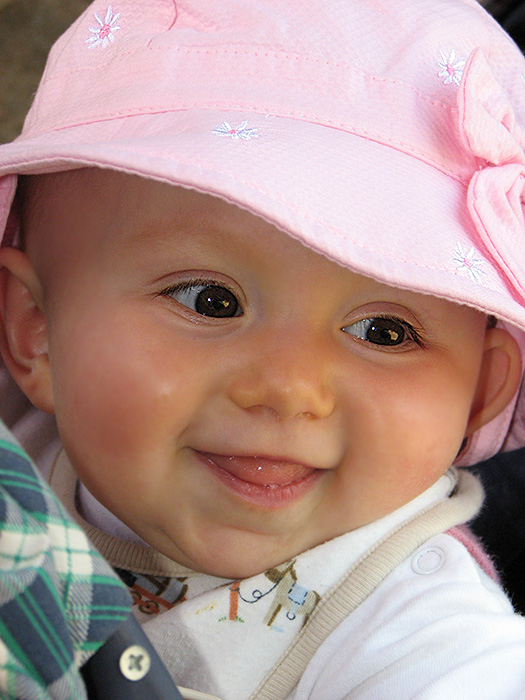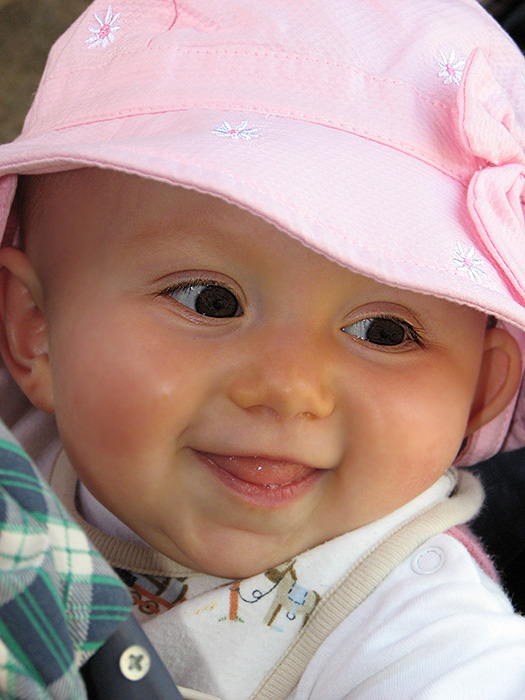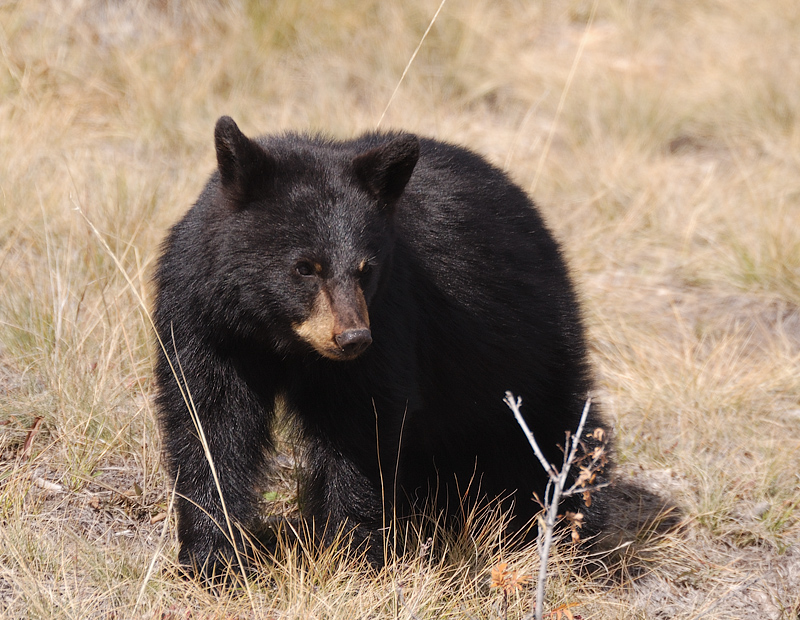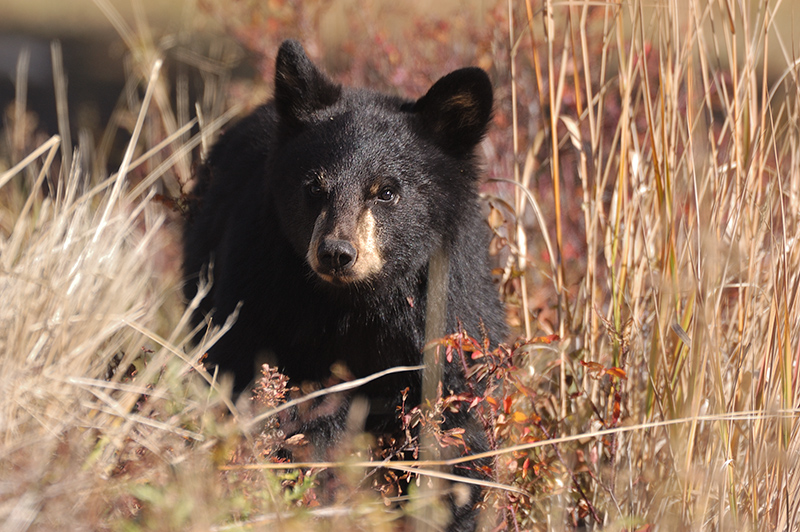Shifting gears from some of our previous assignments, I want to address a very specific issue that can make a tremendous difference in our portrait photography. In past assignments we've talked about how important the eyes are, and emphasized how important it is to get the eyes in focus. Sharply defined eyes help to engage the viewer, as we saw from Lars' image of the cat in the Separation assignment. However, there's another important aspect to capturing a subject's eyes, and that is catchlight.
Catchlight is a term used to describe the specular highlight in a subject's eyes that is caused by a light source reflecting off the moist front surface of the eye. Eyes without catchlights often appear dull or lifeless. According to Wikipedia, "audiences usually perceive eyes without specular highlights to be lifeless or evil, and for this reason many cinematographers specifically eliminate catch lights on antagonistic characters." Portrait photographers who understand how much a catchlight will affect the viewers' perception of their subjects will pay close attention to the shape, size and intensity of the catchlight.
The following image is a snapshot of McKenzie watching the lions at the zoo. There are two catchlights in her eyes, a sharply defined point light from the fill flash, and a broader, warmer catchlight caused by the reflection of the light from the rocks outside the viewing window. From an aesthetic standpoint, most people find the broader, more natural catchlights more appealing; however, a point catchlight from a flash is certainly better than no catchlight at all.

McKenzie watching the Lions
And here's a version of that same image with the catchlight removed in Photoshop. She still has that same delighted expression; however the image just isn't as appealing without the catchlights (or the "sparkle in her eyes").

McKenzie watching the Lions, catchlight removed
Wildlife photographers understand the importance of catchlights too. Here are two images of a black bear cub. The first is a decent image; however there is no catchlight in the bear's eyes, and so the viewer just doesn't connect with the bear in the same way as in the second image.

No Catchlight

With Catchlight
Because of this, some wildlife photographers will actually attempt to use just a bit of fill flash to create a catchlight in their subject's eyes. If the animal is too far away for fill flash to be effective, then often the best bet is to wait until the animal's head is angled to the light so that you can capture a catchlight. Remember, if there's no catchlight, your wildlife portraits will probably look lifeless and dull. Be patient and anticipate the moment when the animal's head will be turned just right to reflect the light from the sun.
The assignment for the week of 23 - 29 August 2010 is "Catchlight." Please upload your images to the "Catchlight" album in the Weekly Assignment category of the gallery no-later-than midnight, Mountain time (GMT -07:00) on Sunday, 29 August.
Show me your eyes!

Show me your eyes!